Affiliate links on Android Authority may earn us a commission. Learn more.
Snapchat’s troubles show that neglecting Android is a recipe for failure
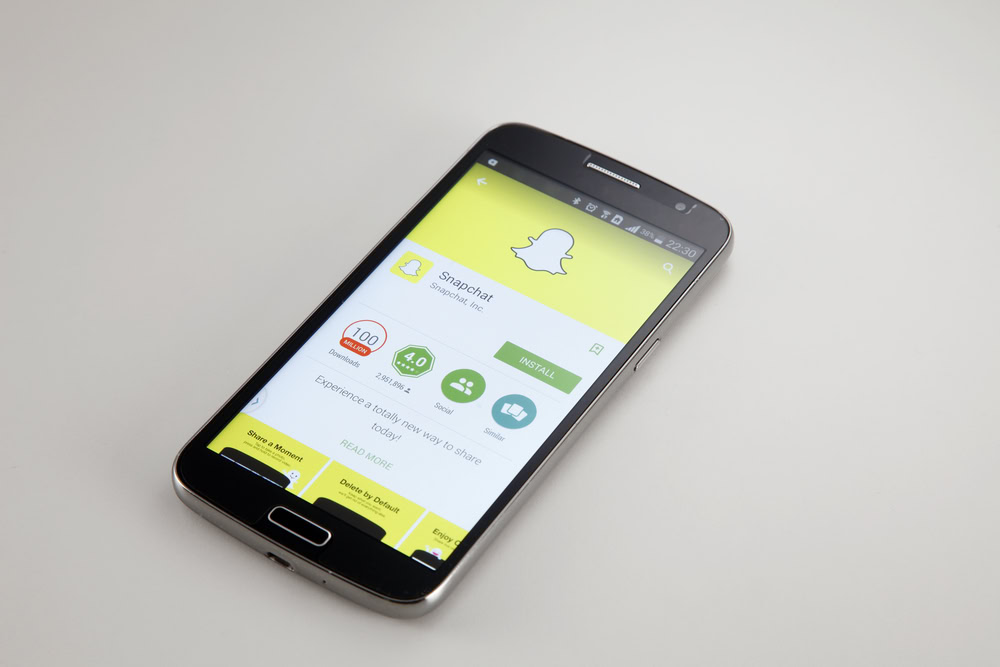
A few weeks ago, Snap, the parent company of Snapchat, announced its financial results for the third quarter of 2017. They were, in a word, bad. Snap admitted it had signed up just 4.5 million new Snapchat users for that quarter, well below its estimates.
Read Next: How to use Snapchat on Android | How to upload videos to Snapchat
During its financial report, Snap announced plans to launch a major user interface overhaul of the Snapchat app, in order to make it easier to use and hopefully get more people to download and try its social network. That UI revamp started rolling out last week to a small set of users, and more will be able to get it in the coming weeks.
Another part of Snap’s third quarter financial report didn’t get as much media attention, but is perhaps more important in the long run. Snap CEO Evan Spiegel admitted that the company needed to “accelerate the adoption of our product among Android users”.
There’s tons of evidence to show that the app’s Android port was given less attention than the iOS version. As a recent article in Odyssey, the Android version of Snapchat got many of its cool features well after debuting on iOS, including face filters, the ability to record videos and more. Sometimes it took months before a feature on iOS made its way to Android.
Therefore, Spiegel stated that over the next year the Snapchat development team would focus its energies on developing an all-new Android version of the app, which he said would be built “from the ground up.”
Snap, and Spiegel, have woken up to the fact that Snapchat can no longer treat Android as a second class citizen.
Presumably, this means that the new Android Snapchat app will not have any code shared with the current version. The new version, like the recent UI reboot, will be tested in selected markets before rolling out over the coming year. He stated that early results to help improve the performance of the current Snapchat Android app has already resulted in “significantly more Android users added than iOS users in September.”
“We wish we had done this sooner,” said Spiegel.
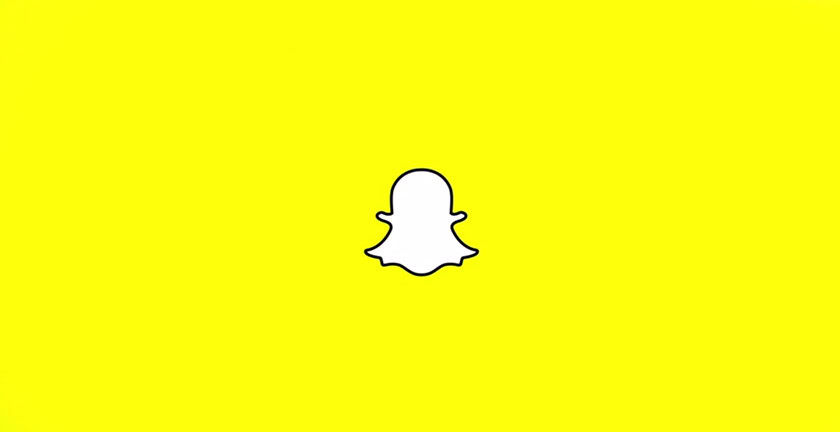
Snapchat’s issues show that app companies and developers who concentrate their efforts on Apple’s iOS platform instead of developing on Android could be missing out on tons of new users. Snap, and Spiegel, have now woken up to the fact that Snapchat can no longer treat Android as a second class citizen.
Android users have been through this before
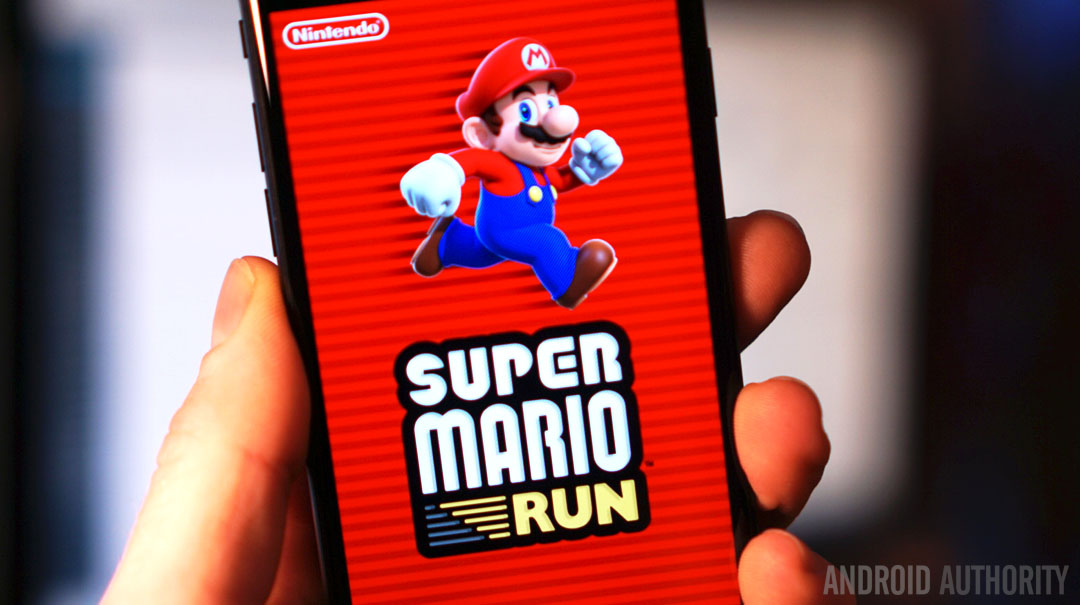
The situation with Snapchat and its consistently poor treatment of Android is nothing new, though. Many apps released first for iOS before making their way to Android phones. Nintendo launched its first mobile game, Super Mario Run, for the iPhone and iOS in December 2016, before finally launching it on Android over three months later in March 2017. Since then, the company wised up and launched its next two mobile games, Fire Emblem Heroes and Animal Crossing: Pocket Camp, on Android at the same time as on iOS.
Read Next: How to save Snapchat videos on Android
Other developers still seem to be fine with launching apps and new features first on iOS before they decide to grace Android with their presence. Most recently, we learned that HQ, the highly popular live trivia game show app, which launched on iOS months ago, could finally be available for Android before the end of the year. HQ has become a huge hit on just iOS, but we have to wonder how much bigger it would have been at this stage if the developers also launched an Android version at the same time.
The Android ecosystem is too large to ignore
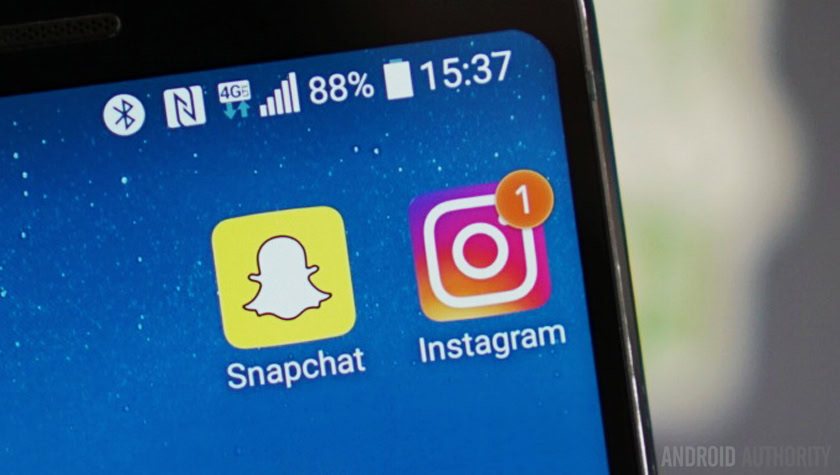
On the surface, it’s easy to see why app developers would want to concentrate on iOS in favor of Android. There are only a few models of Apple’s iPhone and iPad out in the wild, which makes it easier to design apps that run well. IPhones and iPads also sell extremely well. There’s no doubt that iPhone sales dominate the entire smartphone industry, in terms of one single brand. A recent study from Statista showed that in Apple’s fiscal 2016 year alone, it sold over 211 million iPhones.
However, having one smartphone brand that outsells all the others does not mean that there is not competition out there. Its biggest competitor, to no one’s surprise, is Samsung. Its lineup of Android-based phones, including its high-end Galaxy S and Note series, plus its many lower-end handsets, have allowed the company to ship hundreds of millions of smartphones each year. Depending on which research firm you believe, Samsung and Apple have been switching positions as the number one shipper of smartphones worldwide and in the US over the past year.
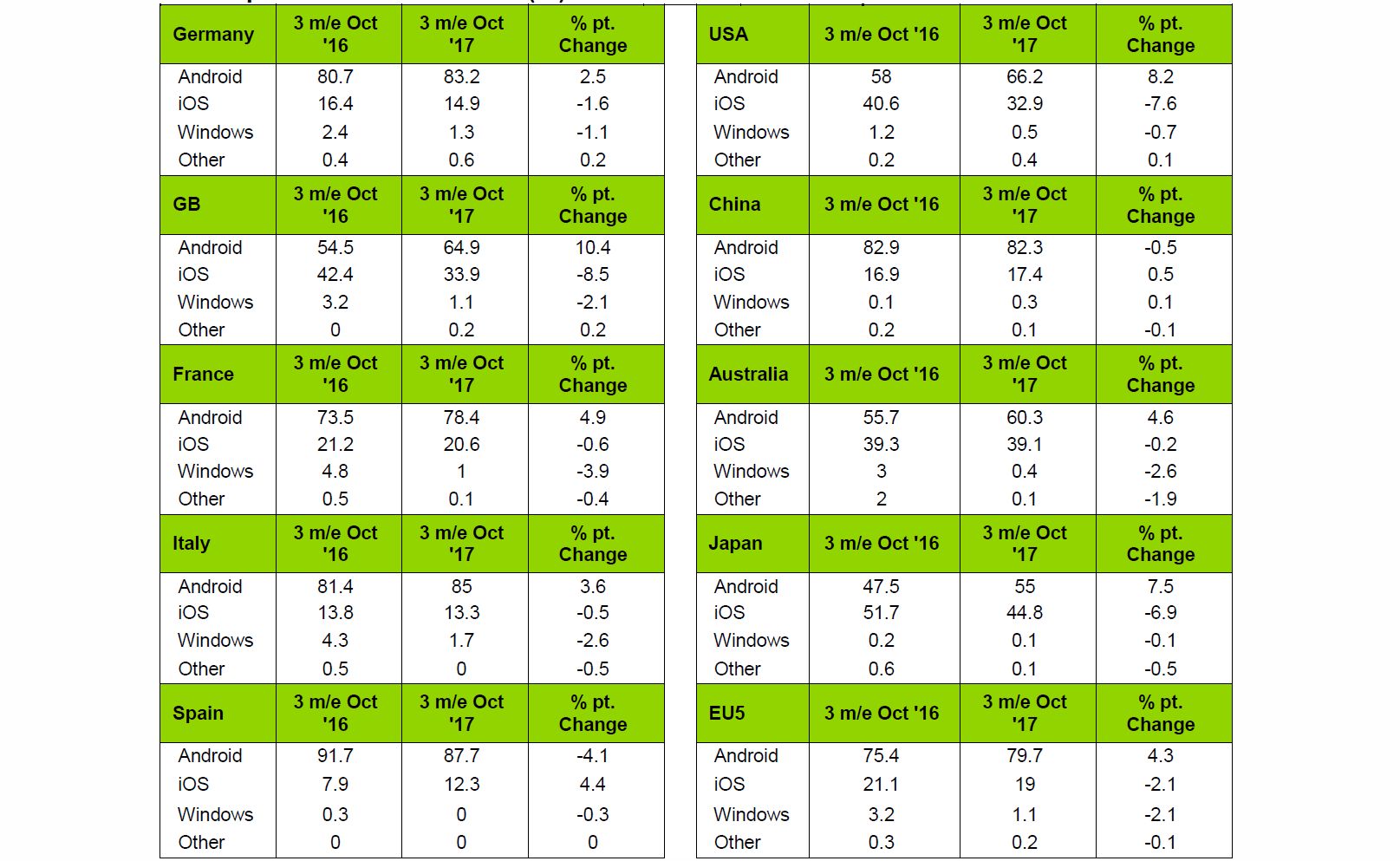
More importantly for this discussion, the high sales of the iPhone cannot compete with the entire Android ecosystem as a whole. According to the most recent Kantar Worldpanel data, the share of Android smartphones is much higher than iOS in all of the markets it follows. Indeed, the only country where iOS is even close to Android is in Japan, and even then Android’s share is 55 percent, compared to iOS, which sits at just under 45. Even in the U.S., where the iPhone is massively popular, the current market share of iOS is over 32 percent, while the Android share is over twice that, at more than 66 percent. As Neil Patrick Harris’ character, Col. Carl Jenkins, said in the classic film Starship Troopers, “It’s simple numbers; they have more.”
We will also point out that the Android ecosystem allows for much cheaper phones to be made and sold, which is a big help in extending the platform to emerging markets. Indeed, in developing countries, Android phones are much more prevalent, thanks in part to the availability of phones more affordable than the iPhone.
“It's simple numbers; they have more.”
Companies like Snap, who have previously put Android app development on the back burner in favor of iOS, have finally started to figure out they need to make Android development a real priority.
Hurdles for iOS-Android app developers to overcome
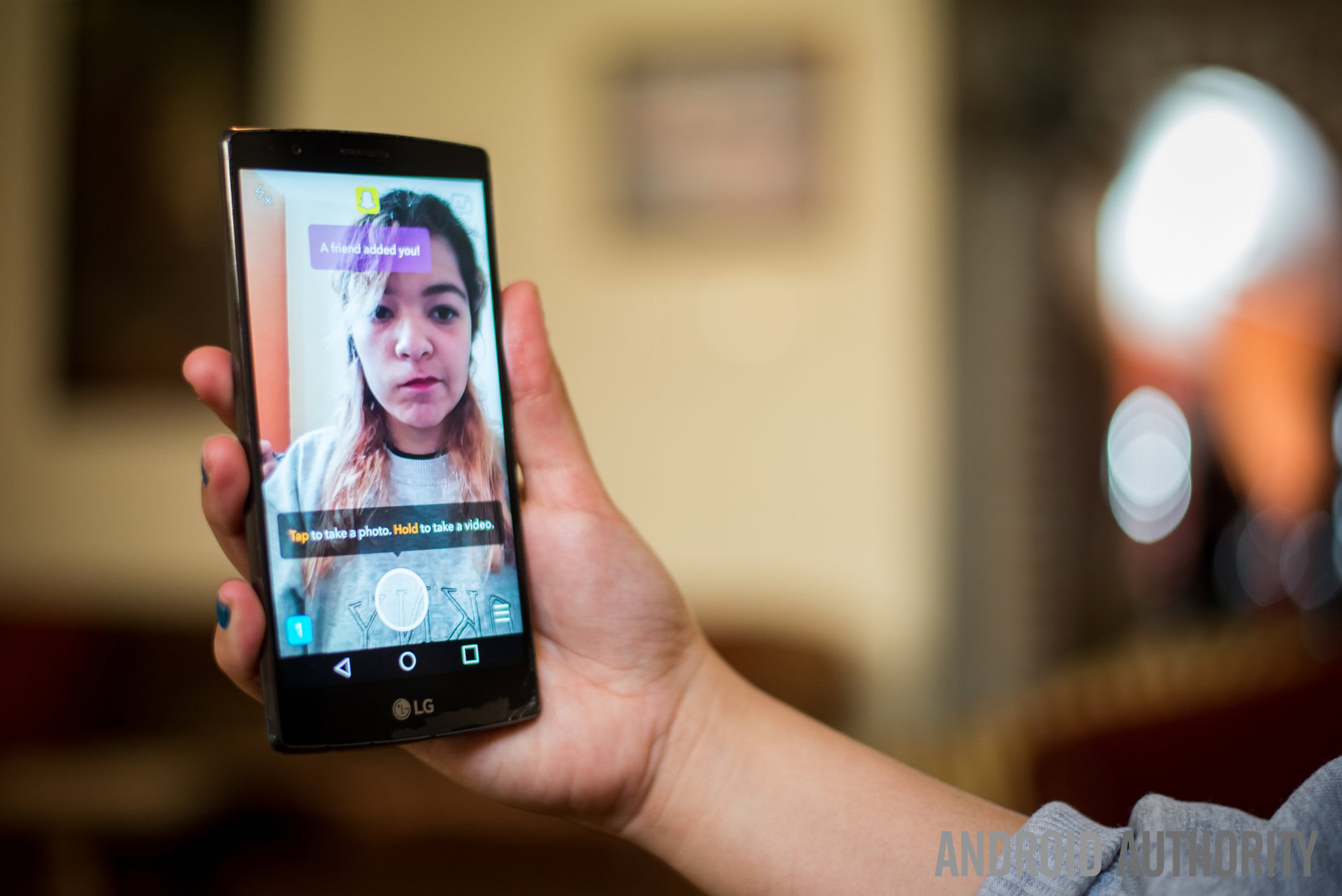
As it is with many such problems, sometimes its not as easy to port iOS apps over to Android. Much has been written about how the Android OS platform itself is fragmented, with lots of different versions of the OS running on thousands of different smartphones and tablets. Apple’s total hardware and software control over iOS allows it to minimize that kind of fragmentation. Thus, it’s natural that Android app development can run into issues when developers have to make sure their app can run on lots of different OS versions, and on everything from phones costing anywhere from $50 to over $1,000.
However, there are certainly lots of third-party tools available to make the transition from iOS to Android easier. Companies like Microsoft-owned Xamarin offer lots of tools and resources that make cross-development of mobile apps simpler. If Snap uses tools similar, it would need to start with that tool and use it for both the Android and iOS versions. It won’t help much if the iOS version is created using Apple’s development languages like Objective-C or Swift.
There’s also the fact that Google is trying to make it easier for smartphone makers to update their handsets to the latest version of Android. While it’s still in its infancy, Project Treble is supposed to separate code from a device’s manufacturer from Android itself, which could help a lot with OS fragmentation in the future. That could also make Android app development easier.
Final thoughts
Snapchat’s surprising decision to admit that it didn’t do a better job of making the app better for Android users should be a rallying cry for all developers who put iOS first. Even though making Android apps can be more difficult, the benefits of a larger audience and ecosystem far outweigh those initial problems. Hopefully this will be the beginning of a new trend for the Android platform as a first-class in the world of app development.
How do you feel about app developers short-changing Android in favor of iOS? Let us know your thoughts in the comments!